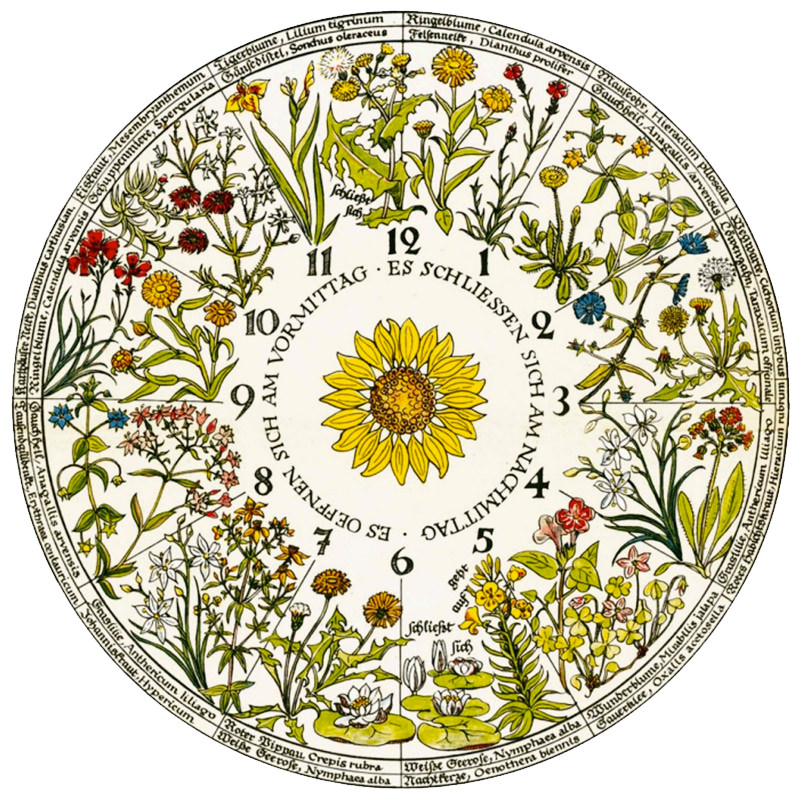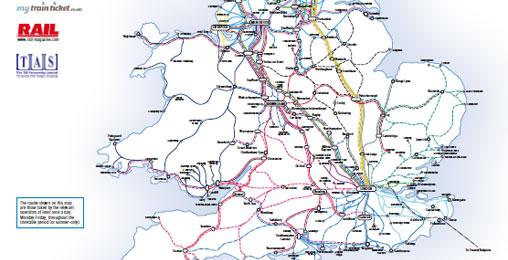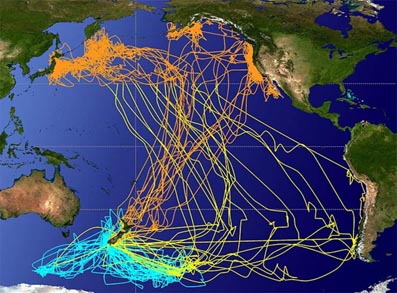And as it works, th’ industrious bee
Computes its time as well as we.
How could such sweet and wholesome hours
Be reckoned but with herbs and flowers!
Andrew Marvell, The Garden, 1678
‘Since men in their endeavours do not act like animals’, wrote Immanuel Kant in his Idea for a Universal History with Cosmopolitan Intent (1784), ‘merely according to instinct, or like rational citizens, according to an agreed plan, no planned history seems to be possible (as in the case of bees and beavers)’.
This may be the only time the humble beaver has achieved the status of exemplar in the philosophical canon; it has been suggested the beasts appealed to Kant because their well-fortified dwellings resembled the castles of his homeland. Bees on the other hand have provided a rich source of metaphor for poets and philosophers since ancient times and a perfect opportunity for anthropomorphic speculation, their hives a kind of working model, complete with miniature moving parts, of human activity. They are sociable, they have a hierarchical order in which each knows its place, they work together to the common good and create a valued end product. They also commute, making journeys of distances, extraordinary for such small creatures, of up to 15 kilometres.
These daily journeys have been of particular interest to scientists because they reveal three things that challenge our understanding of the capabilities of such apparently ‘simple’ insects. Firstly that they can tell the time; secondly that they can navigate in relation to the position of the sun; and thirdly that they can communicate complex information about the direction and flying distance to a food source to other bees.
A commuting bee’s ‘work’ is to collect nectar. It needs to be able to tell the time because flowers of a particular species produce their nectar in the same time-slot each day, to increase the chances of cross-pollination. A bee that flew randomly from flower to flower would have limited success. It has therefore evolved the capacity to log information about the ‘opening times’ of flowers into a kind of appointment diary, regulated by an internal clock, which is kept accurate by constant reference to the position of the sun in the sky. (On cloudy days bees can tell the sun’s position by the angle of the polarisation of light). The bee therefore has as much need to travel and arrive punctually as any commuter: a missed appointment with a flower is as fruitless as an aborted business meeting.
While the poet Andrew Marvell noted the punctuality of these flights in the 17th century, it wasn’t until the early 20th century that anyone began to study the bee’s ability to regulate its day with any seriousness. A Swiss family doctor and scientist, August Forel, was in the habit of eating breakfast outside during the summer months at the same time every morning. Before long he was joined by a honeybee that fed on his leftovers, and the next day by several bees, for all the world as if word had got around. To his surprise he noted that if he didn’t put out any food, the bees still turned up expectantly, at precisely the time he usually finished his meal The first bee, admittedly, seemed to have been engaged in random foraging: the others were clearly acting on information received.
Could these small insects really communicate the location of a food source, as well as log the precise moment at which it would appear? These questions led eventually to the discovery of the bee’s extraordinary communication ritual. On returning to the hive a foraging bee will perform a precisely crafted set of movements for its fellow bees known as the Waggle Dance. In effect, they draw a two-dimensional map of their journey from hive to food on the vertical honeycomb, with the angle of their run in relation to the position of the sun and the intensity of their buzzing serving as indicators of distance and flight time. The bee is able to correct for the movement of the sun in relation to the hive: if it arrives too late to perform the Dance it retains the information until the following morning and computes the difference the passage of the sun will have made to the angle of its line in the Dance.
If the trip involved flying into a headwind, the distance indicated is greater, as it took longer to arrive. Any cyclist, forced to stand on the pedals and heave themselves through a buffeting wind to reach their destination, will appreciate the superior accuracy of this aspect of apian cartography.
Commuters by rail are accustomed to equate distance with time in a similar way. Watch as, absorbed in a novel, they glance up and out of the window. They are locating themselves by some landmark on their familiar route and then estimating the number of minutes left before they arrive. Should they start a new chapter, or will they be interrupted? Into their calculation must go the revolutions of the hands around a clock and of the wheels beneath them, transporting their bodies through space, as well as the movement of their eyes across the page. Unless, like the two lovers in Stefan Zweig’s novella Journey into the Past, you are susceptible to the soporific effects of train travel. For them, ‘the jolting and rattling turned to rhythmic swaying, like a steel cradle rocking the couple into dreams’.
Distance is always measured in minutes as well as miles. The sudden acceleration provided by the arrival of the train meant geography itself had to be reimagined: as Thomas Carlyle wrote in 1850 during the railway boom, ‘Railways are shifting all the towns in Britain into new places; no town will stand where it did’.
Land and airborne creatures are not the only ones that commute. It is to the ocean that we must turn to observe nature’s greatest free public transport system. Twice daily, (three times in some latitudes), waters rise up the shore, bearing innumerable travellers, including plankton, fish, and crabs riding in on rafts of seaweed. Plankton are the most ubiquitous marine commuters; the complex cities of organisms dwelling on shores around the world depend on their arrival as much as human cities depend on their biped counterparts. Mussels, barnacles, clams, tube-dwelling worms, sponges and corals all feed on plankton. But by positioning themselves in the right place to receive this tidal bounty, they are also making themselves vulnerable to attack by others. The starfish, familiar from children’s storybooks, is a voracious predator, attacking snails, mussels, barnacles and oysters. The mysterious anemone, named after a flower, captures small fish and shrimps by entangling them in its tentacles and administering a paralysing sting.
Commuting, then, is a dangerous business for creatures dwelling in tidal waters or on the shoreline – a matter of life and death. Deciding where to situate one’s home is dependent on how much exposure to light, air and the attention of scavengers one can stand when the waters recede. At low tide, worms slither back down holes; hermit crabs, winkles, small fish and prawns hide under weed in rock pools or in cracks among the rocks; a gastropod snail seals the entrance to its shell with its hard ‘foot’; crustaceans glue themselves onto hard surfaces. Competition for food and wariness of each other separates animals and plants into distinct bands of settlement, easily distinguished on rocky shores. The formation of these inter-tidal patterns is called zonation, the term itself one used by North American city planners. Close to the water, creatures live in a thriving, mixed culture, reminiscent of the inner city: food sources are richer but so also are the risks of attack from marine predators. Higher up the shore, crustaceans must be able to survive prolonged exposure to light and sun as well as the attention of humans and birds. These areas are more like commuter-belt towns, apparently dormant between tides, slumbering like residential streets through long suburban afternoons.
At the strandline on a British beach, among the gifts delivered by the sea you might find crab and razor shells, the bones of cuttlefish, Hornwrack, Mermaid’s Purse, seaballs of Neptune grass, Tangleweed and pieces of timber that have drifted thousands of miles carrying a cargo of burrowing shipworms. (The anatomy of the shipworm, which enabled it to bore through wood while protecting it from being crushed, inspired the design of the tunneling shield devised by Marc Brunel for excavating the Thames Tunnel. This in turn has fed into the design of the vast boring machines currently digging a path for Crossrail beneath London). The whole melange of flotsam and jetsam deposited on the beach by the tide is animated by sand hoppers, flies and scavenging beetles, as well as visiting birds. The arrival of avian commuters when the tide goes out on a muddy beach or the shores of a tidal estuary is as predictable as the disappearance of their prey underground. What is immediately striking is the extraordinary, Pinocchio-like variations that evolution has wrought in their beaks. Those birds, like curlews, that need to plunge deep into the silt to extract larger worms and bivalves have long, curved implements, shaped exactly like such an animal’s burrow.
A redshank has a shorter, straight bill, useful for stabbing down through the mud for its prey; while the even shorter bill of the plover is best for pursuing those creatures living just below the surface.
While anthropomorphism is generally seen as permissible only in children’s writing today, perhaps a little zooomorphism — the shedding of light on human behaviour through the observation of animals — should be allowed. The more we study the activities of the animal kingdom, the less unique human commuting appears. Soaring birds of prey board the elevators of a mountain’s updraft to gain the height they need to observe their hunting grounds beneath. Seagulls migrate inland to follow the farmer’s plough. Bears travel to suitable points on the river to catch migrating fish. Nocturnal scavengers – rats, mice, raccoons, foxes – invert the human timetable to feed on our leftovers.
As I fly down the tracks towards the great hive of London, to join the shoals of commuters emerging from trains to enter its thoroughfares and tunnels, the diagrams I have studied of the flight-paths of bees, the migration routes of birds and of the tidal surges of great oceans begin to merge in my mind with maps of rail, road and underground networks in a synthesis that appears seamless and unavoidable.









